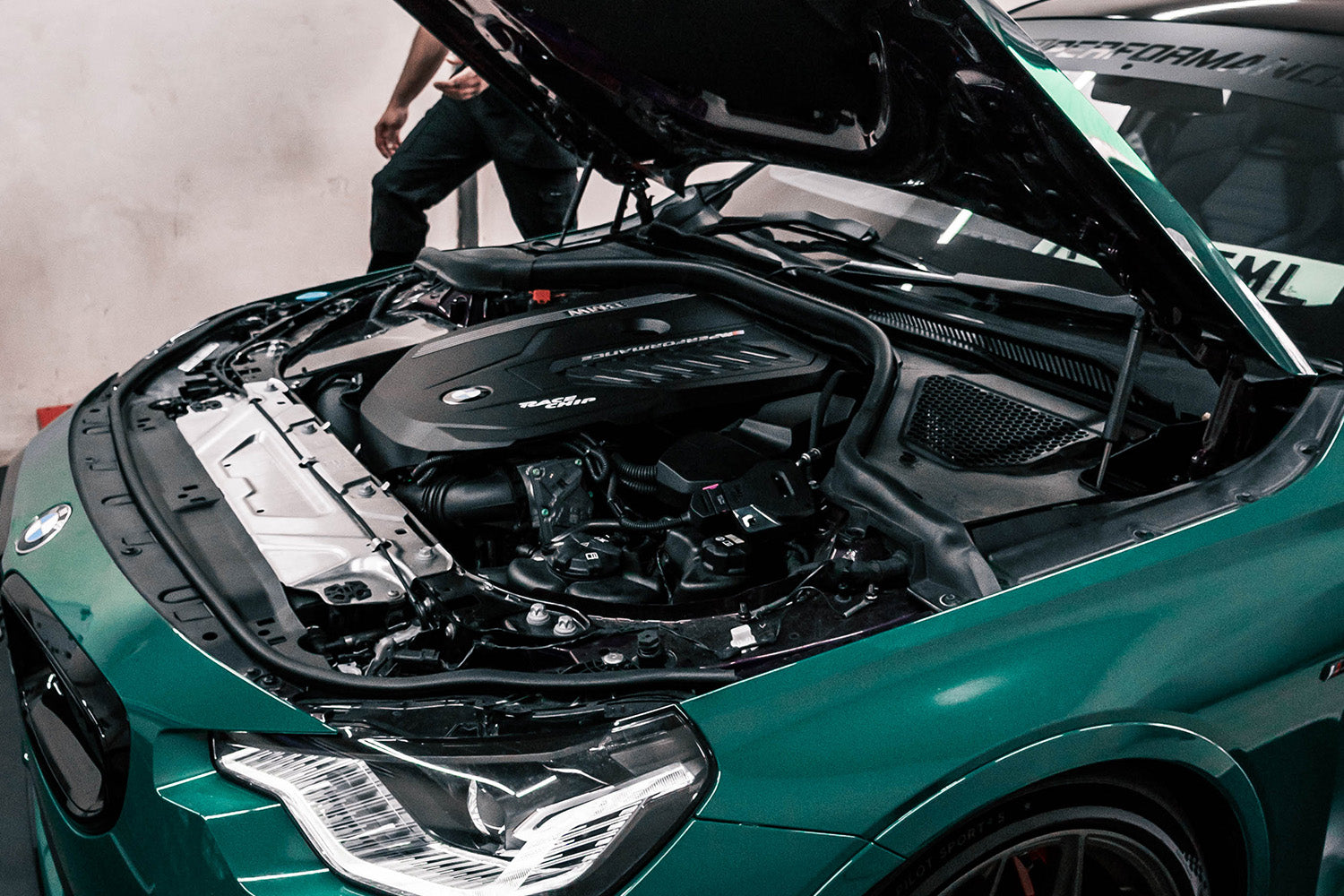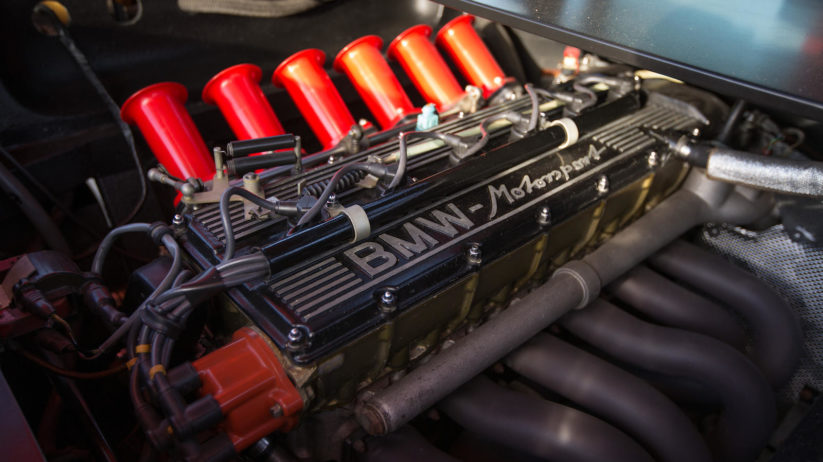The Duty of BMW Engine Layout in Achieving Exceptional Fuel Effectiveness
Wiki Article
Discovering the Development of Burning Engines in Modern Transportation Systems
As we navigate the landscape of contemporary transportation, the development of burning engines stands as a testimony to human ingenuity and engineering prowess. From their humble beginnings to the sophisticated powerhouses pushing automobiles today, burning engines have actually gone through an exceptional trip of technology and adjustment. Recognizing the intricacies of this advancement not just sheds light on the past however likewise leads the way for visualizing what lies in advance in the world of transport innovation. The interplay of history, modern technology, and ecological problems fit the trajectory of burning engines produces a narrative that is both engaging and informative.Very Early Beginnings of Combustion Engines
Exactly how did the idea of combustion engines initial emerge in the early phases of transport advancement? The origins of combustion engines can be traced back to the 17th century when the concepts of interior combustion were very first explored.The development moment featured the creation of the first effective gasoline-powered engine by Karl Benz in 1885 - bmw engine. This engine paved the method for the development of the contemporary car, changing transportation systems worldwide. Subsequent technologies by Nikolaus Otto and Gottlieb Daimler even more improved burning engine technology, bring about the mass production of cars and the quick expansion of the transportation market
These early burning engines were defined by their simpleness and efficiency, laying the foundation for the complex and effective engines made use of in contemporary transportation systems. The development of burning engines has actually contributed fit the means we take a trip and transport goods, noting a substantial landmark in the background of transport advancement.
Shift to Internal Combustion Technology
The transition to inner burning innovation marked a pivotal shift in the advancement of transport systems. This shift began in the late 19th century, with inventors like Nikolaus Otto and Gottlieb Daimler creating the initial successful internal burning engines. These engines changed transport by providing a more reliable and effective choice to heavy steam engines and electric motors.Among the essential benefits of internal burning engines was their capability to be scaled down to suit automobiles, resulting in the development of autos and motorbikes. This shift from cumbersome, stationary engines to compact, mobile ones led the way for the modern-day transportation systems we see today.
The transition to interior combustion innovation also stimulated developments in gas innovation, leading to the growth of gasoline and diesel as key fuel resources for vehicles. This shift not just made transportation extra easily accessible to the masses but likewise laid the structure for the oil and gas market to come to be essential to international economic climates.
Influence of Combustion Engines on Transport
The adoption of combustion engines in transport systems catalyzed an extensive change in the efficiency and rate of global wheelchair. Combustion engines transformed transport by offering a functional and dependable source of power for numerous vehicles, including cars and trucks, aircrafts, ships, and vehicles. This development substantially boosted the ability for goods and people to move over lengthy ranges in much shorter timespan, leading to increased connectivity between regions and nations.Moreover, the extensive usage of burning engines has actually had a substantial influence on financial growth. The capacity to transport goods successfully has spurred trade and commerce, allowing businesses to increase their markets and get to customers worldwide. This has actually assisted in economic growth and globalization, as products can now be transported much faster and in bigger quantities than ever previously.
However, the ecological effect of burning engines can not be ignored. The combustion of fossil gas has brought about official site air contamination and greenhouse gas discharges, adding to environment change and positioning health threats to populaces. bmw engine. Therefore, there is a growing focus on creating different propulsion innovations to reduce these negative results and produce a more lasting future for transport
Developments in Combustion Engine Layout
Various advancements in burning engine style have actually thrust the development of transportation systems over the years. One noteworthy innovation is the growth of turbocharged engines, which use exhaust gases to drive a generator that compresses inbound air, enabling for even more fuel to be burnt, causing enhanced power result without a considerable increase in engine dimension. Additionally, straight injection modern technology has boosted fuel performance and efficiency by precisely regulating the amount and timing of fuel injected right into the combustion chamber. Variable shutoff timing systems have actually likewise changed engine style by maximizing web link airflow at different engine rates, enhancing both power and performance. Another considerable development is the combination of light-weight materials such as carbon fiber and aluminum alloys, lowering general engine weight and boosting vehicle fuel economic situation. Advancements in computer-aided style have actually enabled engineers to maximize engine efficiency and effectiveness via simulations prior to physical prototypes are developed, conserving time and sources in the development process. These advancements jointly add to the continuous enhancement of burning engines in modern-day transportation systems.Future Fads in Combustion Engine Advancement
With innovation developments driving continuous innovation, the future of burning engine growth is positioned to revolutionize transport systems around the world. Among the essential trends in burning engine advancement is the push in the direction of higher effectiveness and reduced exhausts. Suppliers are spending greatly in research and growth to enhance engine performance while meeting rigorous environmental policies. This includes the assimilation of sophisticated gas injection systems, enhanced turbocharging approaches, and making use of light-weight materials to maximize fuel consumption and reduce carbon emissions.Another famous trend is the adoption of crossbreed technologies in combustion engines. Crossbreed engines incorporate standard combustion innovation with electrical power, providing enhanced gas efficiency and lower discharges. As the auto industry shifts in the direction of electrification, crossbreed burning engines are seen as a transitional service that connects the void between traditional automobiles and totally electrical ones.
Furthermore, the combination of clever technologies, such as synthetic knowledge and information analytics, is anticipated to play a substantial role in the Homepage future of combustion engine development. These innovations can enhance engine efficiency in real-time, bring about extra reliable burning procedures and improved total lorry efficiency. Welcoming these future trends will certainly not just drive innovation in combustion engine development but also add to an extra lasting and eco-friendly transportation environment.

Conclusion
In final thought, the development of combustion engines in modern transport systems has actually been noted by considerable developments in technology and design. From the very early starts of combustion engines to the transition to inner burning innovation, these engines have had an extensive influence on transportation.The roots of burning engines can be mapped back to the 17th century when the principles of inner burning were first explored. These engines changed transport by using a more reliable and effective option to steam engines and electric motors.

Report this wiki page